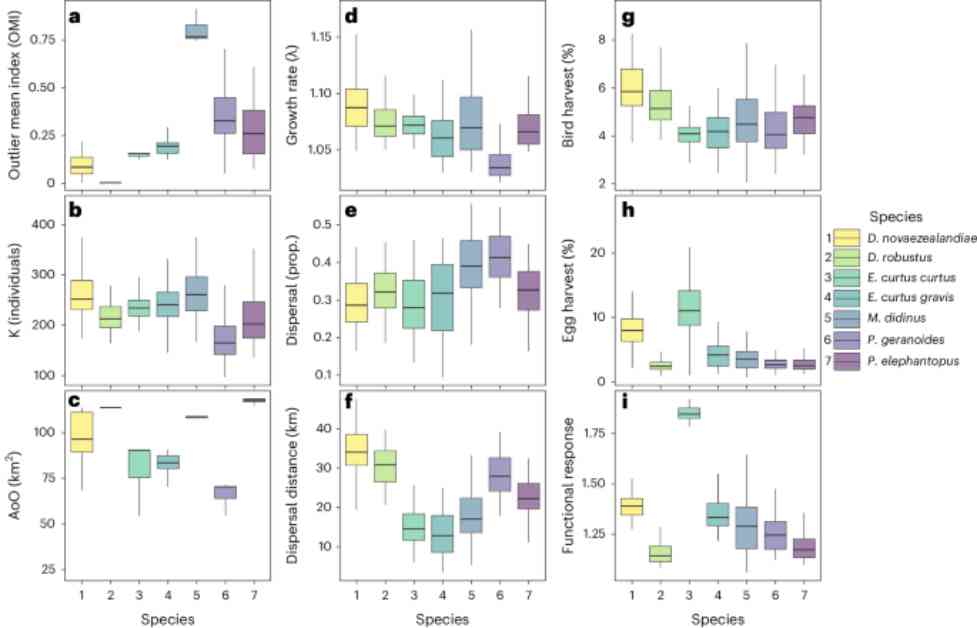The extinction of flightless birds, such as the moa, has been a topic of interest for researchers studying island biogeography and biodiversity. Recent studies have shed light on the ecological dynamics that led to the extinction of these unique birds.
Research conducted by Whittaker et al. (2017) and Matthews et al. (2022) has highlighted the importance of understanding the distribution, threats, and functional diversity of threatened and extinct island endemic birds. The impact of human activities on island biodiversity, as discussed by Russell and Kueffer (2019) and Nogué et al. (2021), has also been a significant factor in the extinction of these flightless birds.
Studies by Johnson et al. (2017) and Sayol et al. (2021) have emphasized the loss of functional diversity due to anthropogenic extinctions and biotic invasions. The magnitude and variation of prehistoric bird extinctions in the Pacific, as explored by Duncan et al. (2013), have provided valuable insights into the factors contributing to these extinctions.
The timing and pathways of human colonization of Polynesia, as inferred from genomic networks by Ioannidis et al. (2021), have also played a role in shaping the biodiversity of these islands. The rapid initial human colonization of East Polynesia, as revealed by high-precision radiocarbon dating (Wilmshurst et al., 2011), has been linked to the extinction of the moa.
Further research by Holdaway and Jacomb (2000) has highlighted the rapid extinction of the moas, with an extremely low-density human population being implicated in their demise. The study by Perry et al. (2014) provided a high-precision chronology for the rapid extinction of New Zealand moa, shedding light on the timeline of these events.
The cortical growth marks in moa bones, as revealed by Turvey et al. (2005), have indicated extended juvenile development in these flightless birds. Additionally, a refined model of body mass and population density in flightless birds by Latham et al. (2020) reconciled extreme bimodal population estimates for extinct moa.
The use of process-explicit models, as demonstrated by Pilowsky et al. (2022) and Fordham et al. (2022), has allowed researchers to better understand the structure and dynamics of biodiversity and predict the pathway to extinction for species like the woolly mammoth.
Overall, these studies have provided valuable insights into the ecological dynamics of moa extinctions and the convergent refugia that now harbor flightless birds. By understanding the factors that led to the extinction of these unique species, researchers can work towards better conservation strategies for protecting the biodiversity of islands and preventing future extinctions.












